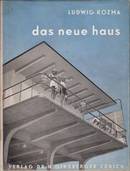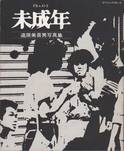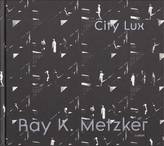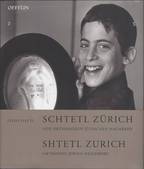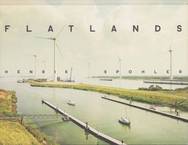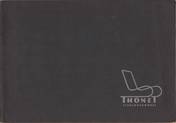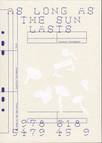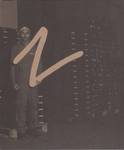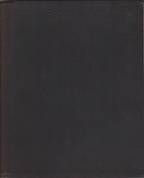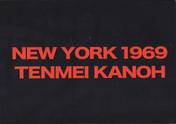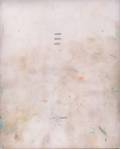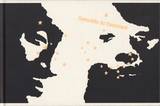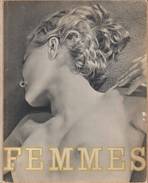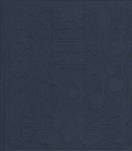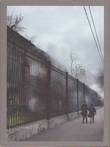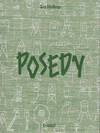Leo Rubinfien - Wounded Cities, Steidl, 2008, Göttingen
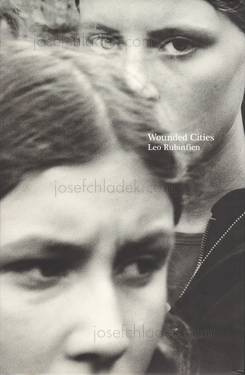
Leo Rubinfien - Wounded Cities (Front)

Leo Rubinfien - Wounded Cities (Spine)

Leo Rubinfien - Wounded Cities (Back)
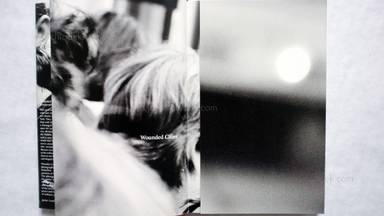
Sample page 1 for book " Leo Rubinfien – Wounded Cities", josefchladek.com

Sample page 2 for book " Leo Rubinfien – Wounded Cities", josefchladek.com

Sample page 3 for book " Leo Rubinfien – Wounded Cities", josefchladek.com

Sample page 4 for book " Leo Rubinfien – Wounded Cities", josefchladek.com

Sample page 5 for book " Leo Rubinfien – Wounded Cities", josefchladek.com
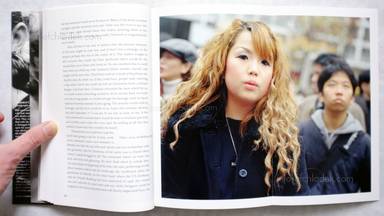
Sample page 6 for book " Leo Rubinfien – Wounded Cities", josefchladek.com
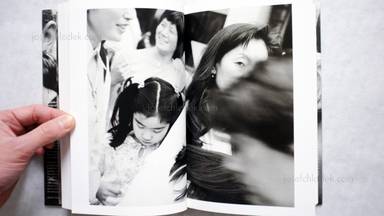
Sample page 7 for book " Leo Rubinfien – Wounded Cities", josefchladek.com

Sample page 8 for book " Leo Rubinfien – Wounded Cities", josefchladek.com
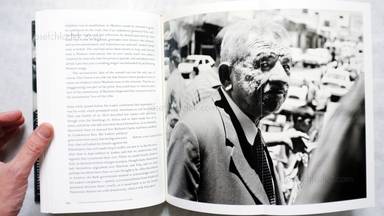
Sample page 9 for book " Leo Rubinfien – Wounded Cities", josefchladek.com

Sample page 10 for book " Leo Rubinfien – Wounded Cities", josefchladek.com
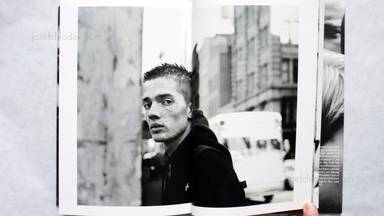
Sample page 11 for book " Leo Rubinfien – Wounded Cities", josefchladek.com

Sample page 12 for book " Leo Rubinfien – Wounded Cities", josefchladek.com

Sample page 13 for book " Leo Rubinfien – Wounded Cities", josefchladek.com

Sample page 14 for book " Leo Rubinfien – Wounded Cities", josefchladek.com

Sample page 15 for book " Leo Rubinfien – Wounded Cities", josefchladek.com
Other books tagged Terror (see all)







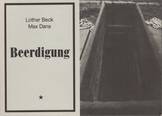

Other books tagged America (see all)









Other books tagged Parr Badger Vol. 3 (see all)









Other books by Steidl (see all)






Books to shop at anzenbergergallery-bookshop.com
Hardcover, cloth bound with dustjacket.
One week before September 11th, 2001, Leo Rubinfien, his wife and small children moved into a new apartment next door to the World Trade Center in New York. They witnessed the violence of that day close up, fled with the crowds of evacuees, and later returned to a damaged home and a city whose wounds remained open for years. The physical destruction in Manhattan was obvious to everyone, but Rubinfien believed that the hidden, 'mental wound' was the more profound one, and in 2002 he began to photograph in cities around the world that had suffered severely, in recent times, from terror attacks. Over five years he would visit locations that included London, Nairobi, Kuta Beach, Moscow, Buenos Aires, Istanbul and Colombo, looking intimately at the ordinary people of those cities, and searching their faces to see how the anxious air of the terror era touched and shaped the spirit. "Wounded Cities" combines eighty-four intensely evocative photographs from this project with a memoir in which Rubinfien poignantly explores the anguish and the political passions of the period that began with September 11th.
Its unusual page design weaves word and image into one of the most original hybrid books photography has produced, and one of the fundamental works of art to emerge from the attacks of 2001. Leo Rubinfien's first book of photographs, "A Map of the East", appeared as a one-man exhibition at the Metropolitan Museum of Art and has been called 'one of the legendary works on Asia' (Donald Richie). His work is in the permanent collections of major museums in America, Europe and Japan and has been exhibited around the world, while his essays on photographers of the 20th century are among the essential writings on photography. He was recently Guest Curator of Shomei Tomatsu's 2004-2007 retrospective, and co-author of the accompanying book, "Skin of the Nation".
Pages: 292
Place: Göttingen
Year: 2008
Publisher: Steidl
Size: 17 x 25 cm (approx.)
Included in "The Photobook: A History Volume III" by Parr/Badger
>> see more Vol. III picks here

